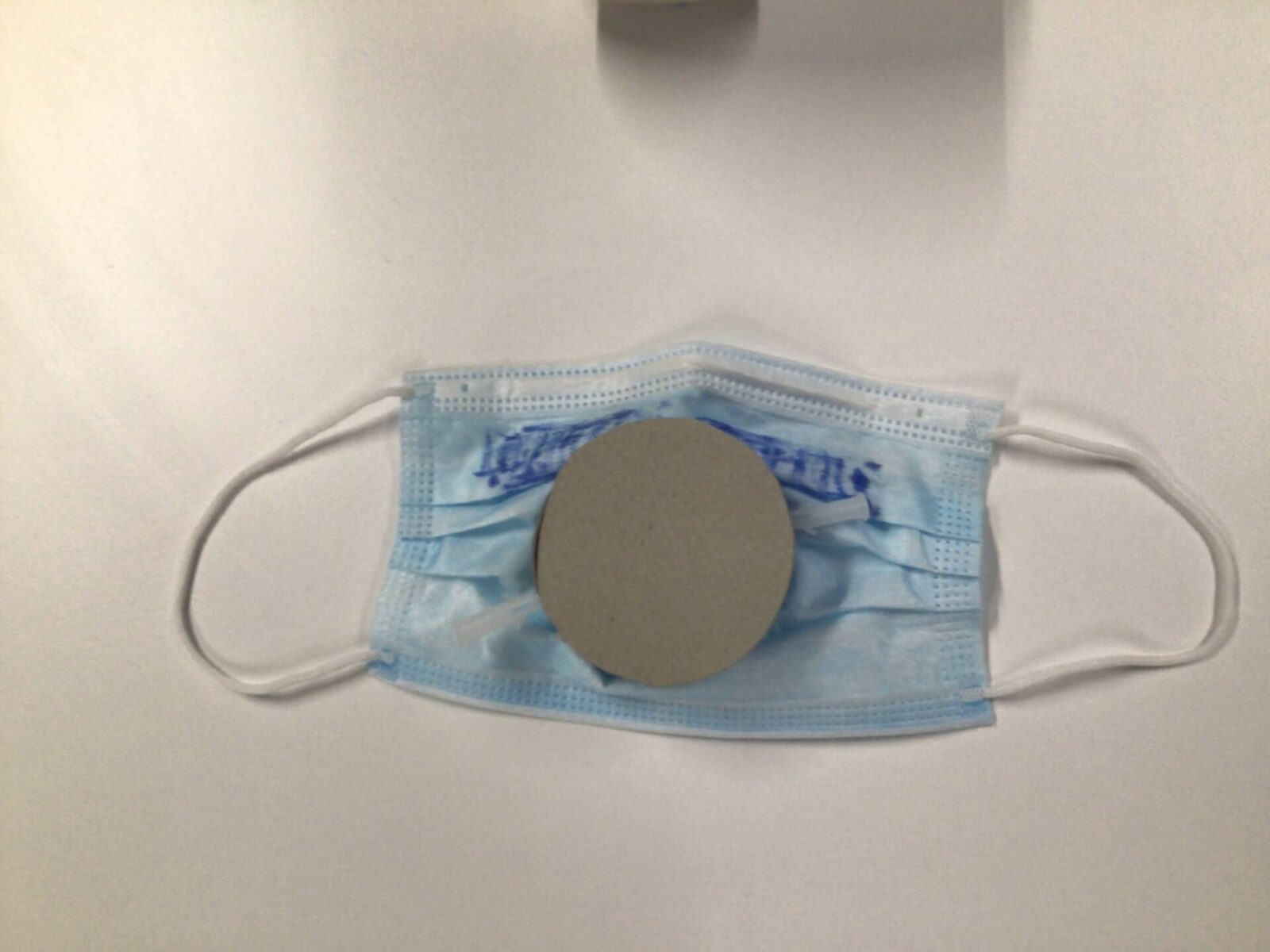Industrial - Bachelors
Positive Pressure Respirator
Awarded

The positive pressure respirator aims to provide a respiratory protection solution for rural firefighters in Australia. The respirator creates a safe and comfortable breathing experience for firefighters while actively monitoring oxygen intake which status is displayed in real time and can be monitored by users and team members alike. This respirator provides protection to frontline staff and gives them the best opportunity to look after their safety while they look after ours.










































